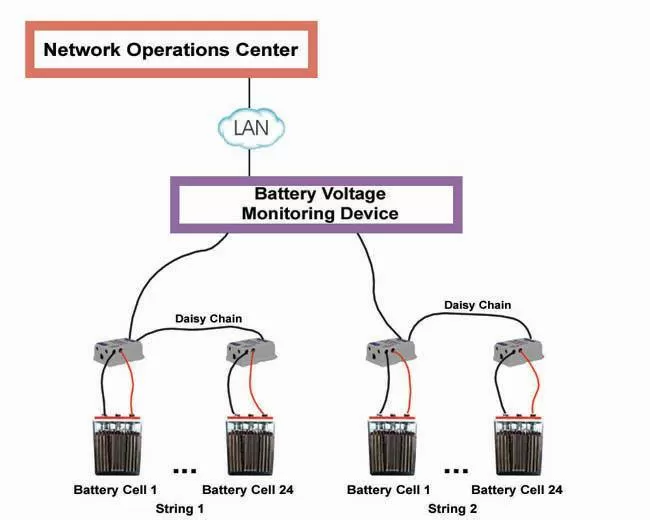What Is A Battery Monitoring System And Why Do You Need It
Do you know the status of your remote site battery strings? Would you know if one single cell was falling out of its ideal voltage or temperature range? At a lot of companies, battery cell monitoring is a commonly overlooked opportunity to reduce costs and improve reliability.
This creates a huge problem. If you've ever had battery failures in the past, you know just how painful they can be. A single bad cell can greatly affect an entire string of batteries if you don't catch it early. An entire site could easily go dark if your batteries aren't working properly or become fully discharged.
If you have mission-critical systems that depend on the protection of a UPS, then a battery monitoring system is critical. This will give you peace of mind of knowing that your batteries are healthy and protected. This all means that you can proactively respond to issues that lead to power failure.
Battery remote alarm monitoring and control isn't always as simple as slapping a single voltage monitor on each string. To really know the big picture, you need a high level of detail.
 The BVM 48 G2 uses D-Wire battery sensors to monitor individual
The BVM 48 G2 uses D-Wire battery sensors to monitor individual
voltages of up to 48 batteries over 2 different strings. Important Battery Monitoring System Features
A quality battery monitoring system includes the RTU and an alarm master system at the NOC level. In a market flooded with choices, making the right choice can instantly improve your network reliability. Here are features your battery monitoring system should have.
- 24/7 Alerts
When it comes to monitoring your batteries - and therefore protecting your uptime - you want true flexibility. Having the capability to receive 24/7 alerts (via SMS text message, email, voice alerts, etc) about the status of your batteries can be the difference between an outage and keeping power to your gear.
Even if you have a 7x24 NOC (Network Operations Center), receiving on-the-fly and mobile alerts from your battery monitoring system can give you an edge in avoiding preventable outages. Look for a battery monitor that can alert you via emails, SMS text messages, paging, etc. With flexible alerts that can alert you out of the office, you can be assured you won't be left in the dark. - Continuous Voltage Reading
Your battery monitoring system needs to provide you with continuous voltage readings. Without regular monitoring or at least control over the sampling rate, a problem can linger for too long before you're notified. That's why sampling your batteries at too long of intervals can be so problematic.
Your battery cells can easily become fully discharged between lengthy interval readings, which means you risk losing power at your sites and won't have any idea until the entire site suddenly goes dark. With real-time monitoring and customized interval samples, you can be assured you'll know about these kinds of emergencies before they bring down your vital network gear. - Flexible Battery Support
You want your battery monitor to have the ability to work with different battery types and voltages. All batteries are not the same. They have different orientations, connectors, and different voltage ranges - for instance, you might have a standard string of batteries or a string with 4 12V cells and propriety connectors. You need a battery monitoring system that is very adaptable. - Adequate Capacity
Some battery voltage monitoring systems don't support the capacity to handle your large quantities of battery cells. It's absolutely key that you have the full support to monitor each of your battery cells.
Otherwise, you'll find yourself vulnerable to the weakest link of the battery string. Most of your vital sites will have A/B power battery systems. Look for a single device that is capable of monitoring both strings of batteries. Not all strings are created equal - make sure the solution can monitor a 125 VDC string.
Related Topics:
Battery Alerts
Battery Voltage Monitoring Devices:
The BVM 48 G2

